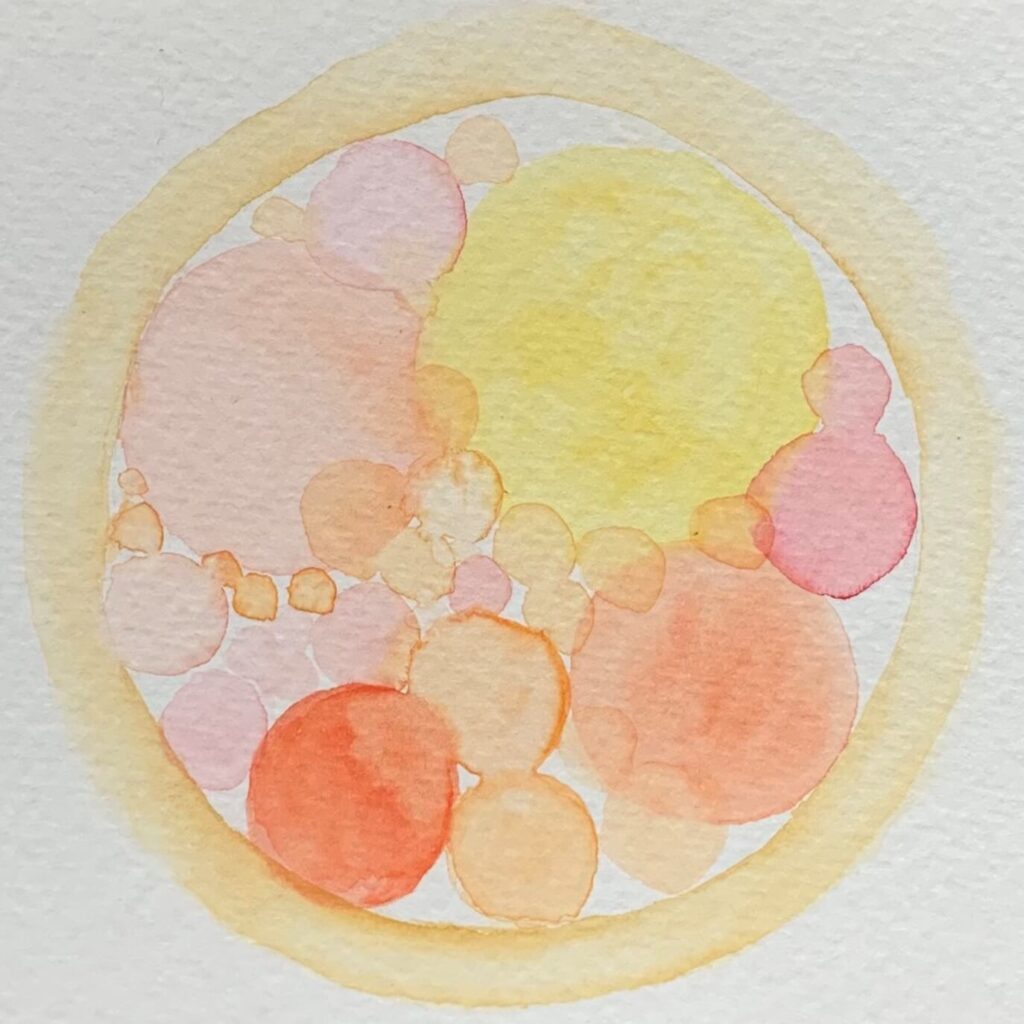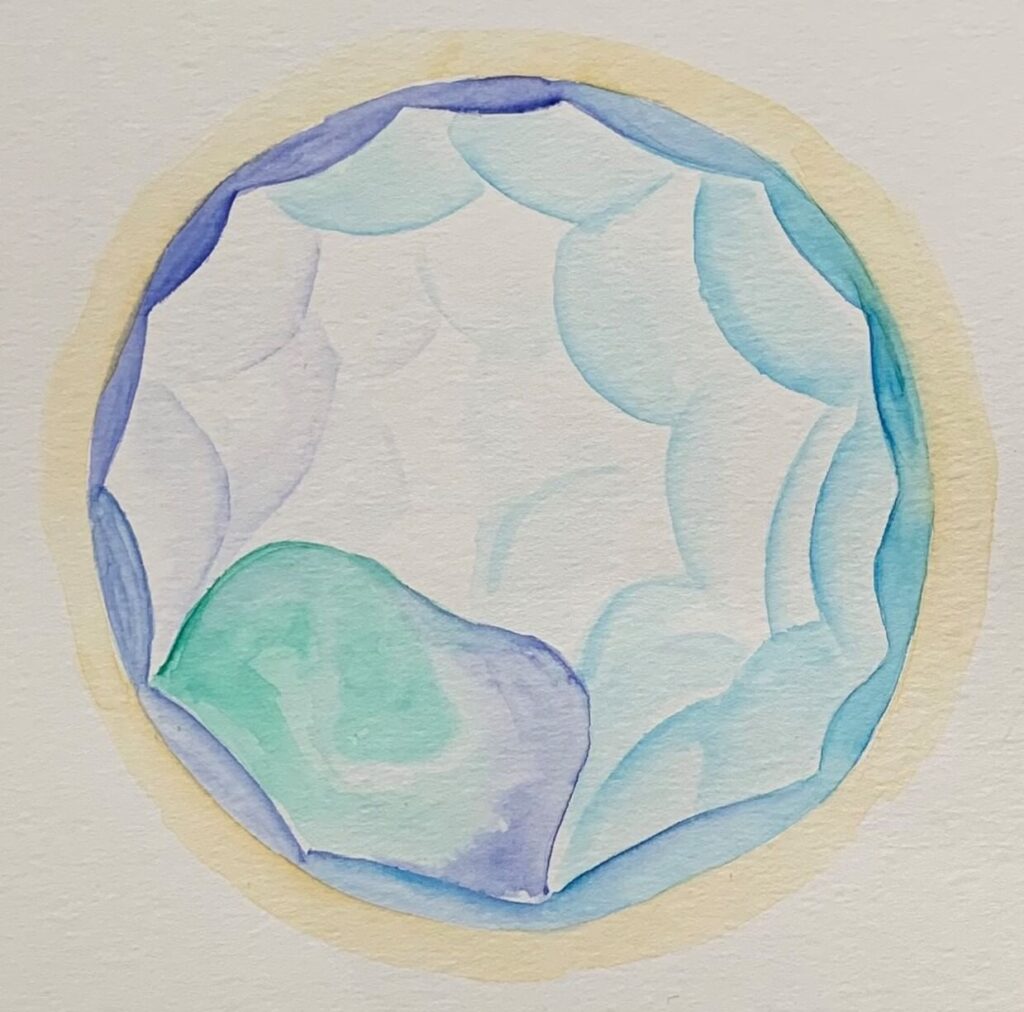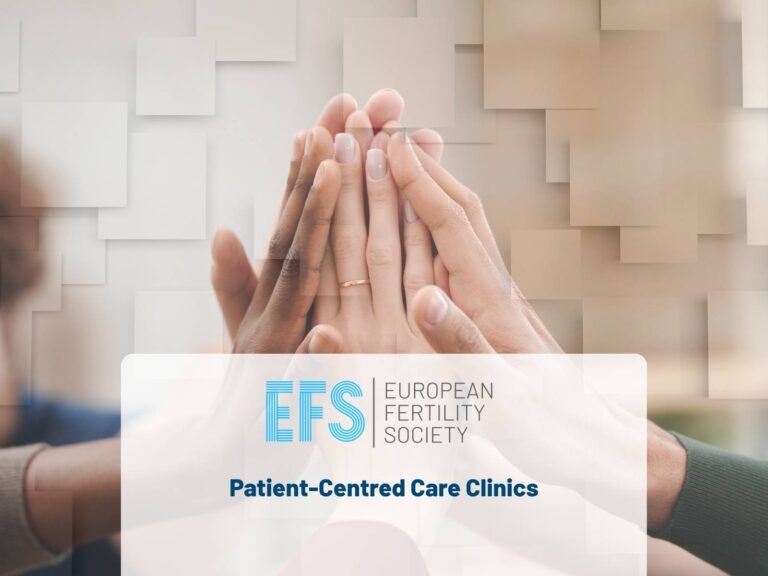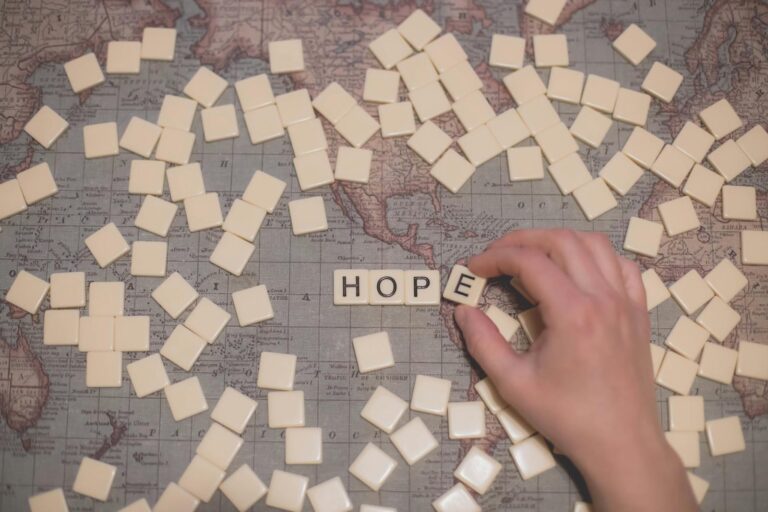Embryologists play a critical role in IVF clinics, we are the firts babysitters from day 0 (fertilization day) to day 6 of embryo development. We evaluate the embryos in culture first thing in the morning, observing them one by one and writing down all the relevant information. Each embryo requires its evaluation time and professional experience.
The evaluation of the embryos is very important, since we will choose the embryos that are going to be transferred to the uterus and/or frozen (vitrified).
There are different classifications of embryos, depending on the day of culture and the regulations used for it, but all are based on the quality of the embryo, focusing on its characteristics. All classification systems work for embryologists to select the embryo with the best morphology.
Understanding the quality of your embryo is very important. When you arrive at the clinic for an embryo transfer or receive a call from the embryologist explaining the quality of your embryos, it can sometimes be confusing to you, this is completely normal. For this reason, communication between the embryologist and the patient is very important at all times, to understand what the numbers and letters that your embryologist is explaining to you mean.
The embryologist observes your embryos from beginning to end, they are in charge of taking care of the embryos day by day to choose the best candidate for a future baby. No one better than the embryologist can help you to understand the quality of your embryo.
I accompany you to stay reading this article if you want to know more about the morphological quality of your embryos in a visual and professional way from an embryologist.
Embryo quality – grading systems
Each day of the development of the embryo is key to its development, with days 3 and 5 being the most important and main days in which patients receive updates. We will focus on days 3 and 5.
Depending on the clinic an embryo grading system is used, sometimes it is an internal classification, but all are based on the choice of the best embryo morphologically.
Day 3 embryos have a classification based on the number of cells and their symmetry, the rate of embryonic division, the percentage and type of cell fragmentation, and other parameters such as the presence of multinucleation, vacuoles and the appearance of the pellucid zone. In some clinics the embryos are scored based on letters or numbers, with the number 10 and the letter A being the highest score, sometimes they are not even scored and only the information of the embryo is observed and noted. In our case we don’t score embryos until day 5.
Most clinics use the Gardner and Schoolcraft three-part scoring system for blastocysts on day 5 and 6, so we will focus on this since it’s the one we use too. Let’s learn it together.
Learn more about IVF embryo development – insight into the Embryology Lab – the voice from an experienced embryologist.
Number: Blastocyst stages of expansion
| Grade of expansion | Name | Meaning |
|---|---|---|
| 1 | Early blastocyst | The blastocoel cavity represents less than half the volume of the embryo |
| 2 | Early Blastocyst | The blastocoel cavity is more than half the volume of the embryo |
| 3 | Full blastocyst | Cavity completely fills the embryo |
| 4 | Expanded blastocyst | Cavity is larger than the embryo with thinning of the shell |
| 5 | Hatching blastocyst | Hatching out of the shell |
| 6 | Hatched blastocyst | Hatched out of the sell |
First letter: Grade of ICM
| Grade of ICM | Characteristics |
|---|---|
| A | Many cells, thigtly packed |
| B | Several cells, loosely grouped |
| C | Very few cells |
Second letter: Grade of trophectoderm
| Grade of trophectoderm | Characteristics |
|---|---|
| A | Many cells, forming a cohesive layer |
| B | Few cells, forming a loose epithelium |
| C | Very few large cells |
Embryo quality – cleavage (day 3)
On day 3, embryos have between 6-10 cells it’s a good indicator, the ideal would be to have an embryo with 8 even cells, since, according to studies, they are the ones with the greatest probability of reaching the blastocyst stage and with the highest live birth rate.
As for the fragments, these are produced by abnormal cell divisions, a low level of fragmentation cannot interfere with the development of the embryo, but it is considered harmful when it is greater than 30%.




Perfect development on day 3, an embryo with 8 even cells without fragments. The second picture shows us the compaction of these cells for the formation of the morula, the stage prior to the blastocyst (morula stage usually occurs on day 4 and can sometimes be day 3).
Embryo quality – blastocyst stage (day 5)
Day 5 is the most anticipated day since it is when embryo transfer and embryo freezing are usually carried out. Embryologists arrive at the clinic expectantly to observe the embryos and see the blastocysts grow.
On day 5, embryos have between 64-128 cells. At this stage of growth, the embryo is referred to as a blastocyst. A blastocyst consists of two types of cells, the inner cell mass that will develop into fetal tissues, and the trophectoderm that will develop into the placenta.
Based on Gardner and Schoolcraft three-part scoring system, we are going to see some of the most common examples that we see in the laboratory. This time, in a different way, from drawings of the embryologist’s eyes.

In the next section, we will see examples of the embryos that we can see in the laboratory on day 5 or 6, based on expanded blastocysts.





Embryo quality and IVF success rates
Embryo quality is a key factor in IVF success rates, but it’s important to remember that it is not the only consideration. While transferring high-quality embryos, such as a 5AA blastocyst, generally improves the chances of pregnancy, other factors also play a role:
- Endometrial Preparation: The uterus must be properly prepared for embryo implantation.
- Patient’s Age: Age impacts the likelihood of a successful outcome.
- Chromosomal Abnormalities: Even high-quality embryos can have chromosomal abnormalities, affecting success rates.
Embryos of varying grades, including 4BB or 4CC, can still result in successful pregnancies. Clinics that specialize in advanced IVF techniques often provide additional insights and support to optimize the use of each embryo. Below is a summary of some top clinics known for their advanced approaches and high success rates:
| Clinic | Location | Specialization | Success Rate |
|---|---|---|---|
| Clinica Tambre | Spain | Advanced embryo monitoring and analysis | High |
| Gynem Fertility Clinic | Czech Republic | Detailed embryo assessment and support | High |
| NewLife IVF Greece | Greece | Comprehensive embryo quality management | High |
| Unica Clinics | Czech Republic | Expertise in advanced embryo techniques | High |
Embryo quality – FAQ
Is it better to transfer the embryo on day 3 or 5?
Nowadays the trend is to do the embryo transfer on day 5, this has its advantages. Leaving the embryo in culture until day 5 we can follow all its progress and see if it develops favourably. So we can choose the best embryo, since many times we see embryos with good quality on day 3, but sometimes these do not reach the stage of the blastocyst. In this way, we make sure to choose the best embryo morphologically and that has been able to form a blastocyst.
In this case, the transfer of a single blastocyst is recommended, avoiding transfers of more than one embryo on day 3. According to recent studies, the rate of live birth is higher in transfers on day 5 than on day 3.
What are the real-life situations to consider day 3 transfer – examples?
If you are in a cycle with two or one embryo, sometimes the transfer on day 3 is indicated, since there is no large cohort of embryos where you can choose
What questions should I ask an embryologist during a consultation?
In a consultation with an embryologist you have to ask all the questions you need and not be left with doubts. Questions about treatments ICSI or IVF cycle, what is the best treatment for me?, quality of the oocytes, sperm and embryos, because let’s remember that they follow the whole process from the beginning, and the quality of semen and oocytes can help us understand the quality of embryos, even though is not always like that, sometimes we have apparently good semen samples and oocytes of good quality and the embryos are of poor quality.
What are my chances? This is a difficult question, but the embryologist will be able to help you from a laboratory point of view. The better the embryo or the more good quality embryos you have, your chances of pregnancy will increase, as long as all other factors are in your favour.
Should I insist on an embryologist consultation even though it’s not offered by the clinic?
Communication between the embryologist and the patient is essential. The embryologist will be able to inform you how your cycle is going from the laboratory part. Nobody better than them who see your embryos day by day.
Is a Day 6 embryo good?
Many times we leave embryos until day 6, since sometimes the blastocysts go slower and expand on day 6, we can have a good embryo on day 6 with a high score as well as on day 5.
Many embryo freezes are done on day 6, and these embryos also have the ability to implant and form future babies.
In fact, recent studies confirm that transfer on day 6 with day 6 embryos could be beneficial.
Is it possible to develop the embryo till day 7?
Embryos are usually cultured to day 6. Good quality embryos should develop to blastocyst stage at days 5 and 6. But sometimes embryos develop slowly, they may form blastocysts on day 7.
This is not a common practice, but depending on the case and if this is necessary could be in culture to day 7. Most studies indicate that pregnancy rate decreases with day 7 embryos.
What’s the chance of having twins after a single embryo transfer on day 5?
Elective single embryo transfer (SET) is a reasonable option for avoiding multiple pregnancies in patients, but there is a risk that the embryo will divide and two babies will form. With a single embryo transfer, the multiple birth risk is 1 to 2%.
1. Is it better to transfer the embryo on day 3 or 5?
Nowadays the trend is to do the embryo transfer on day 5, this has its advantages. Leaving the embryo in culture until day 5 we can follow all its progress and see if it develops favourably. So we can choose the best embryo, since many times we see embryos with good quality on day 3, but sometimes these do not reach the state of blastocyst. In this way we make sure to choose the best embryo morphologically and that has been able to form a blastocyst.
In this case, the transfer of a single blastocyst is recommended, avoiding transfers of more than one embryo on day 3. According to recent studies, the rate of live birth is higher in transfers of day 5 than in day 3.
2. What are the real-life situations to consider day 3 transfer – examples?
If you are in a cycle with two or one embryo, sometimes the transfer on day 3 is indicated, since there is no large cohort of embryos where you can choose.
3. What questions should I ask an embryologist during a consultation?
In a consultation with an embryologist you have to ask all the questions you need and not be left with doubts. Questions about treatments ICSI or IVF cycle, what is the best treatment for me?, quality of the oocytes, sperm and embryos, because let’s remember that they follow the whole process from the beginning, and the quality of semen and oocytes can help us understand the quality of embryos, even though is not always like that, sometimes we have apparently good semen samples and oocytes of good quality and the embryos are of poor quality.
What are my chances? This is a difficult question, but the embryologist will be able to help you from a laboratory point of view. The better the embryo or the more good quality embryos you have, your chances of pregnancy will increase, as long as all other factors are in your favour.
4. Should I insist on an embryologist consultation even though it’s not offered by the clinic?
An embryologist consultation can provide valuable insights into your embryos’ quality and development, which is essential for optimizing IVF success. If your clinic does not include this service, it may still be possible to arrange it separately.
European Clinics offering or facilitating embryologist consultations include:
- Clinica Tambre (Spain) – Provides detailed consultations with embryologists to discuss embryo development and quality.
- Gynem Fertility Clinic (Czech Republic) – Includes embryologist feedback as part of their comprehensive treatment approach.
- NewLife IVF Greece (Greece) – Facilitates consultations with embryologists to ensure optimal embryo management.
5. Is a Day 6 embryo good?
Many times we leave embryos until day 6, since sometimes the blastocysts go slower and expand on day 6, we can have a good embryo on day 6 with a high score as well as on day 5.
Many embryo freezes are done on day 6, and these embryos also have the ability to implant and form future babies.
In fact, recent studies confirm that transfer on day 6 with day 6 embryos could be beneficial.
6. Is it possible to develop the embryo till day 7?
Embryos are usually cultured to day 6. Good quality embryos should develop to blastocyst stage at days 5 and 6. But sometimes embryos develop slowly, they may form blastocysts on day 7.
This is not a common practice, but depending on the case and if this is necessary could be in culture to day 7. Most studies indicate that pregnancy rate decreases with day 7 embryos.
7. What’s the chance of having twins after a single embryo transfer on day 5?
Elective single embryo transfer (SET) is a reasonable option for avoiding multiple pregnancies in patients, but there is a risk that the embryo will divide and two babies will form. With a single embryo transfer, the multiple birth risk is 1 to 2%.




